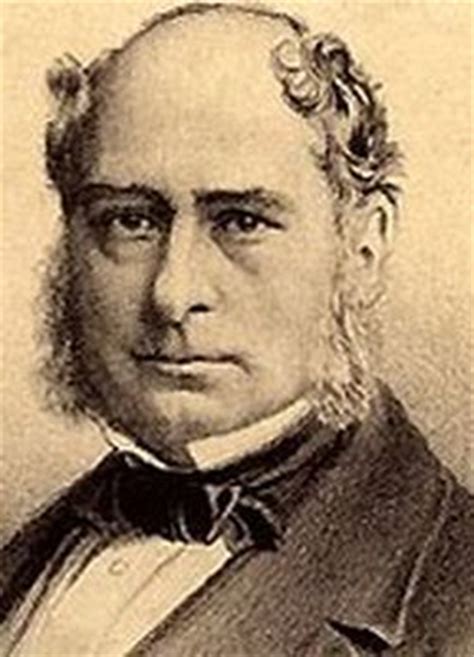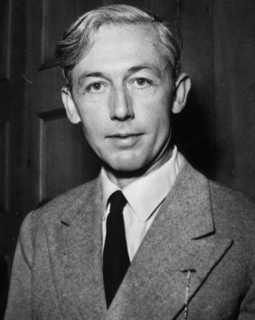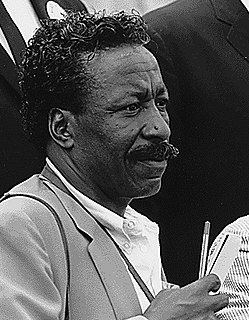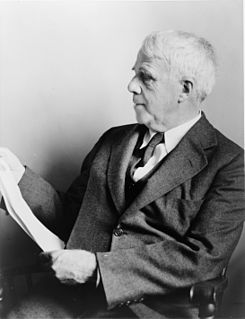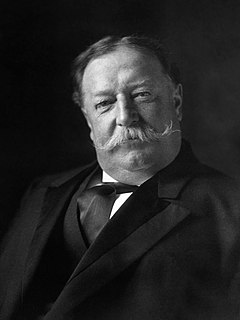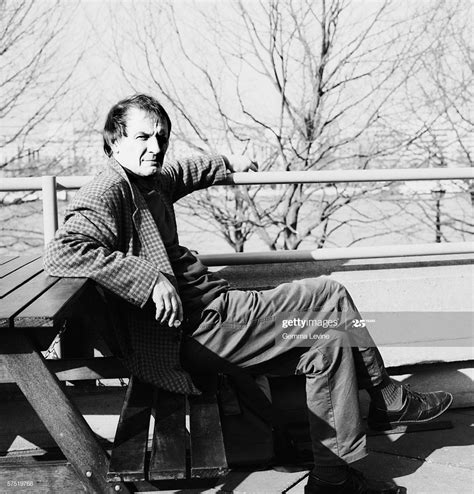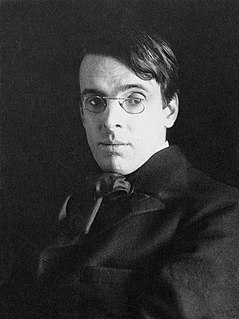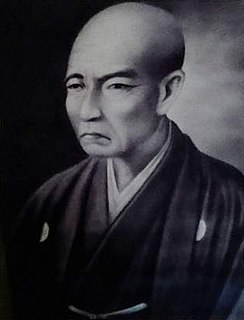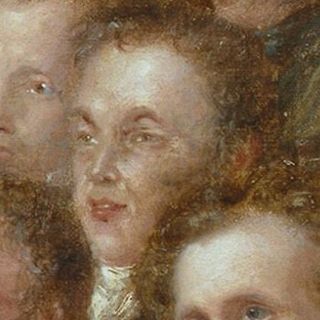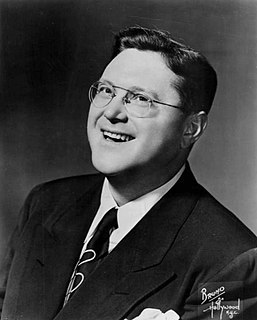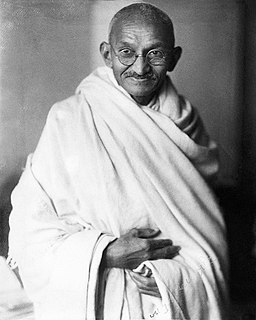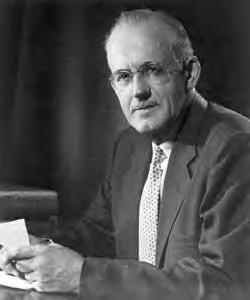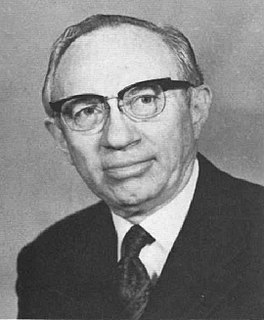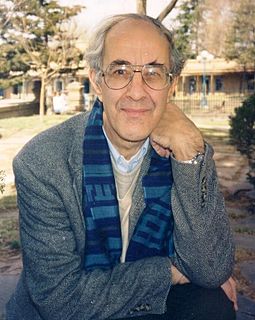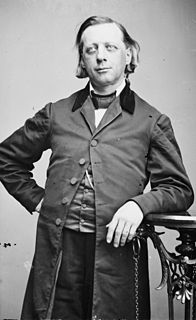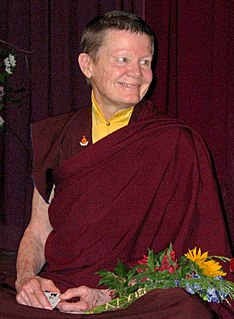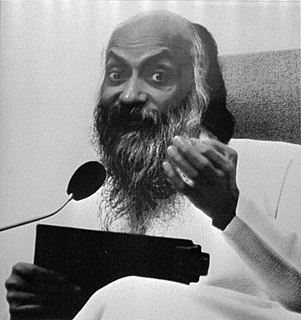A Quote by Thomas S. Monson
Needed are...[souls] filled with compassion, that we might communicate not only eye to eye, or voice to ear, but in the majestic style of the Savior, even heart to heart.
Related Quotes
Ahab cast a covetous eye at Naboth's vineyard, David a lustful eye at Bathsheba. The eye is the pulse of the soul; as physicians judge of the heart by the pulse, so we by the eye; a rolling eye, a roving heart. The good eye keeps minute time, and strikes when it should; the lustful, crochet-time, and so puts all out of tune.
The two stand in the fast-thinning throng of victims, but they speak as if they were alone. Eye to eye, voice to voice, hand to hand, heart to heart, these two children of the Universal Mother, else so wide apart and differing, have come together on the dark highway, to repair home together and to rest in her bosom.
The ear is profound, whereas the eye is frivolous, too easily satisfied. The ear is active, imaginative, whereas the eye is passive. When you hear a noise at night, instantly you imagine its cause. The sound of a train whistle conjures up the whole station. The eye can perceive only what is presented to it.
The real secrets of Masonry are never told, not even from mouth to ear. For the real secret of Masonry is spoken to your heart and from it to the heart of your brother. Never the language made for tongue may speak it, it is uttered only in the eye in those manifestations of that love which a man has for his friend, which passeth all other loves.
The ear participates, and helps arrange marriages; the eye has already made love with what it sees. The eye knows pleasure, delights in the body's shape: the ear hears words that talk about all this. When hearing takes place, character areas change; but when you see, inner areas change. If all you know about fire is what you have heard see if the fire will agree to cook you! Certain energies come only when you burn. If you long for belief, sit down in the fire! When the ear receives subtly; it turns into an eye. But if words do not reach the ear in the chest, nothing happens.
What is called generosity is really compassion. In the Shin'ei it is written "Seen from the eye of compassion, there is noone to be disliked. One who has sinned is to be pitied all the more." There is no limit to the breadth and depth of ones heart. There is room enough for all. That we still worship the sages of the three ancient kingdoms is because their compassion reaches us yet today.
Kindness is the visible expression of a feeling and merciful heart; it is the going forth of a tender and susceptible mind; it claims kindred with the human race; it is all ear to listen-all heart to feel-all eye to examine and to weep-all hand and foot to relieve; it invites the sufferer with kind words, and sends him not empty away.

